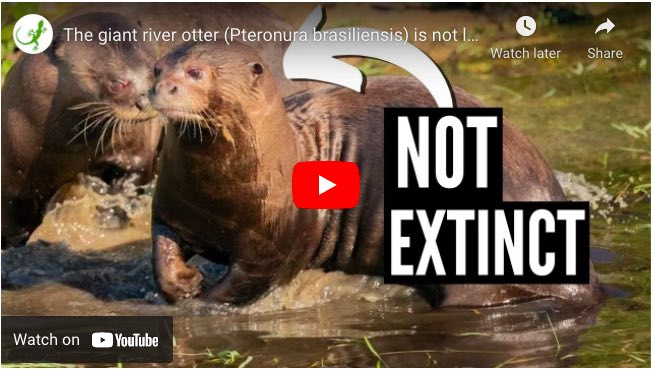These ukulele makers wanted to restore native Hawaiian forest
Joe and Kristen Souza like ukuleles. They like them so much that they built a business building ukuleles called Kanile’a ‘Ukulele, on the island of O’ahu in Hawai’i. Many of their instruments were carved using the koa tree, found only in the native forests of Hawai’i.

Young koa trees:

One day on a trip to the island of Kaua‘i, the Souzas noticed the difference between an overgrazed cattle pasture and the native tropical forest next to it. “We said, ‘Wouldn’t it be cool to plant a koa tree for every ukulele we built?’” remembers Kristen Souza.
Kristen visited a degraded 39-hectare (96-acre) property on the island of Hawai‘i (sometimes called the Big Island). This property was on the slopes of Mauna Loa, one of the Big Island’s active volcanoes. Shortly after, the Souzas decided to buy it. Their plan was to grow koa trees and make a forest from scratch.
Their land was once cloaked in tropical forest, but had long since been eaten down by grazing livestock. “The forest was trying to come back. But the koa is very, very sweet, so it’s like candy to [hungry animals]. Every time a little seedling would pop up, these cattle and horses and llamas and buffalo and … pigs would ravage the new seedlings. So, the forest wasn’t able to return,” explains Kristen.
The Souzas created an organization called Saving Hawai‘i’s Forests to help organize the forest restoration on their land. They fenced off the land to keep out roaming livestock.
The Souzas started the restoration of their forest by planting koa tree seedlings. “We didn’t have any experience in planting or botany,” remembers Kristen Souza.
They began by planting 5,000 koa trees. “We planted a little too close,” recalls Kristen. They learned that koa trees need more space to spread because they have large canopies (the leafy top parts of the trees).

After their first koa experiments, the Souzas set about recreating a Hawaiian rainforest. They introduced other native plant species including ‘iliahi, māmaki, pilo, māmane, hō‘awa, aʻaliʻi, ‘ūlei, manono, and ‘ilima.
Saving Hawai‘i’s Forests struggled against many challenges in restoring the forest. They had difficulty planting in volcanic rock. They had to keep fences strong against hungry livestock.
Their biggest struggle was against invasive plants that would compete with the native forest plants. Kristen Souza estimates that removing invasive plants took up most of their time. “As soon as it rains, they take over. They grow faster than the natives,” Kristen remembers.
As the years went by, and the native plantings thrived, Kristen says the Saving Hawai‘i’s Forests has grown more confident in restoring the forest. They are always learning new things. “I’ll never know everything [and] whenever we have different experts come and visit, they always teach us something new,” says Kristen.

Restored forest is habitat for wildlife
Those visiting and working in the restored forest are often rewarded with wildlife sightings. “We’ve seen the birds return,” Kristen says. “We’ve seen the ʻio, which is the native hawk and the palila.”
The palila is a highly endangered type of bird called a honeycreeper. Many Hawaiian bird species are endangered. As many as 3/4 of the native birds of the Hawaiian islands have gone extinct since humans arrived on the islands about 1000 years ago.
The critically endangered palila:

Three other honeycreepers are found in the new forest: the ʻapapane, the Hawaiʻi ʻamakihi , and the ʻiʻiwi. The restored forest has also become home to the pueo, a native owl, and the Hawaiʻi ʻelepaio, a type of bird called a flycatcher.
The pueo:

And it’s not only birds. Kristen has seen a native spider species return, known as the nanana makakiʻi. This spider is famous for the marking that looks like a smiley-face emoji on its back. And there’s also the pulelehua, one of only two native butterfly species found in Hawai’i, currently listed as vulnerable.
The nanana makakiʻi (Hawaiian happy-face spider):

The restored native forest that Saving Hawai‘i’s Forests is creating is home to many endangered and threatened species. This is good news, and Kristen Souza says the Hawai’i state government is showing interest in forest restoration on Manua Loa’s slopes as well.
Hopefully this is just the start of a larger effort to restore the habitat of koa trees, honeycreepers, happy-face spiders, and many other species.






